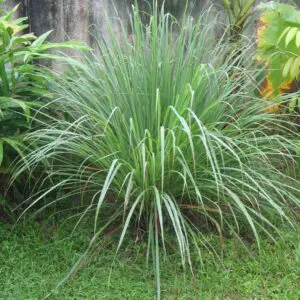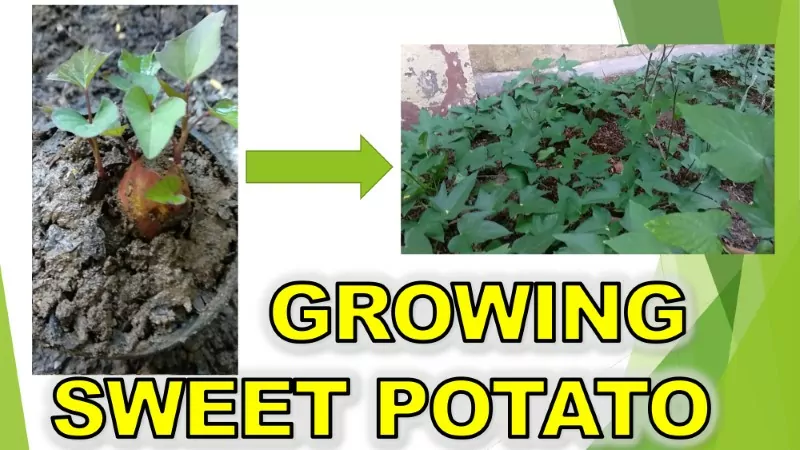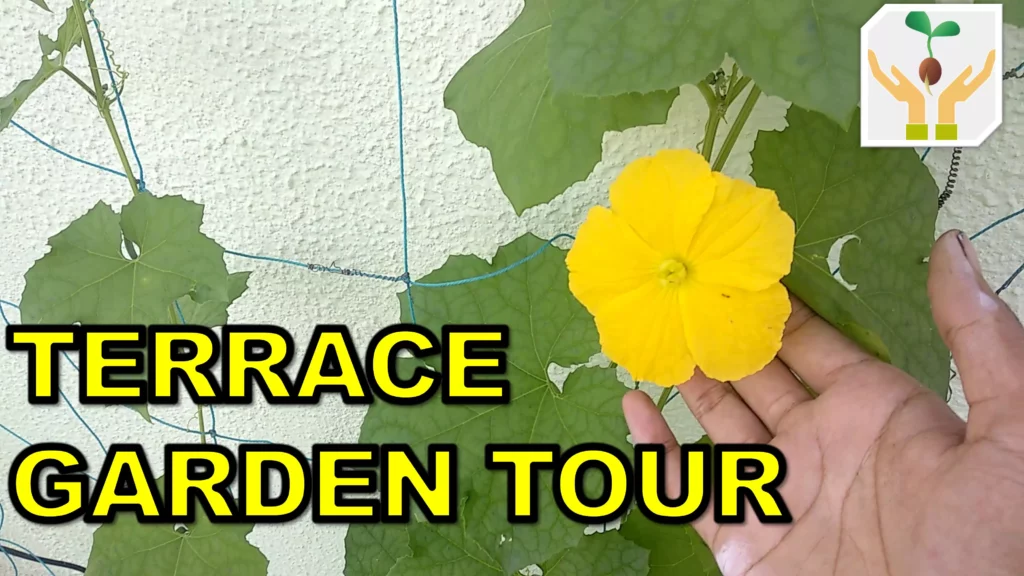Hi, friends in this video you will find a framework for starting a vegetables and herbs terrace or backyard container garden. Using this framework will allow you to get a huge harvest from your newly set-up container garden. This guide is beginner-friendly and will cover each step in detail.
▼Scan @ Video Index▼
- 0:00 Intro
- 0:35 Climate
- 2:57 Pest and Animals
- 4:15 Plant Selection
- 5:31 Ahmedabad Climate
- 6:18 Plants I will be Growing
- 6:50 Best Gardening Season In India
- 7:31 Seeds & Seedlings
- 9:32 Container Size
- 10:42 Container Garden Layout
- 11:55 Prevent Water Seepage
- 12:42 Potting Soil and Additives
- 14:49 Mulching
- 16:15 Irrigation
▼ Useful @ Websites▼
▼Buy @ Seeds▼
▼Watch @ Related Videos▼
- How To Install A Drip Irrigation System
- How To Make DIY Spray Bottle
- How To Make Bone Meal at Home
- How To Make Homemade Compost
- How To Prevent Water Seepage in Your Terrace Garden
At first, you need to know about the things which you can not fully control. Like the climate, the pests, and animals at your place. We will first start with the climate.
1 General Idea of Earth’s Climate
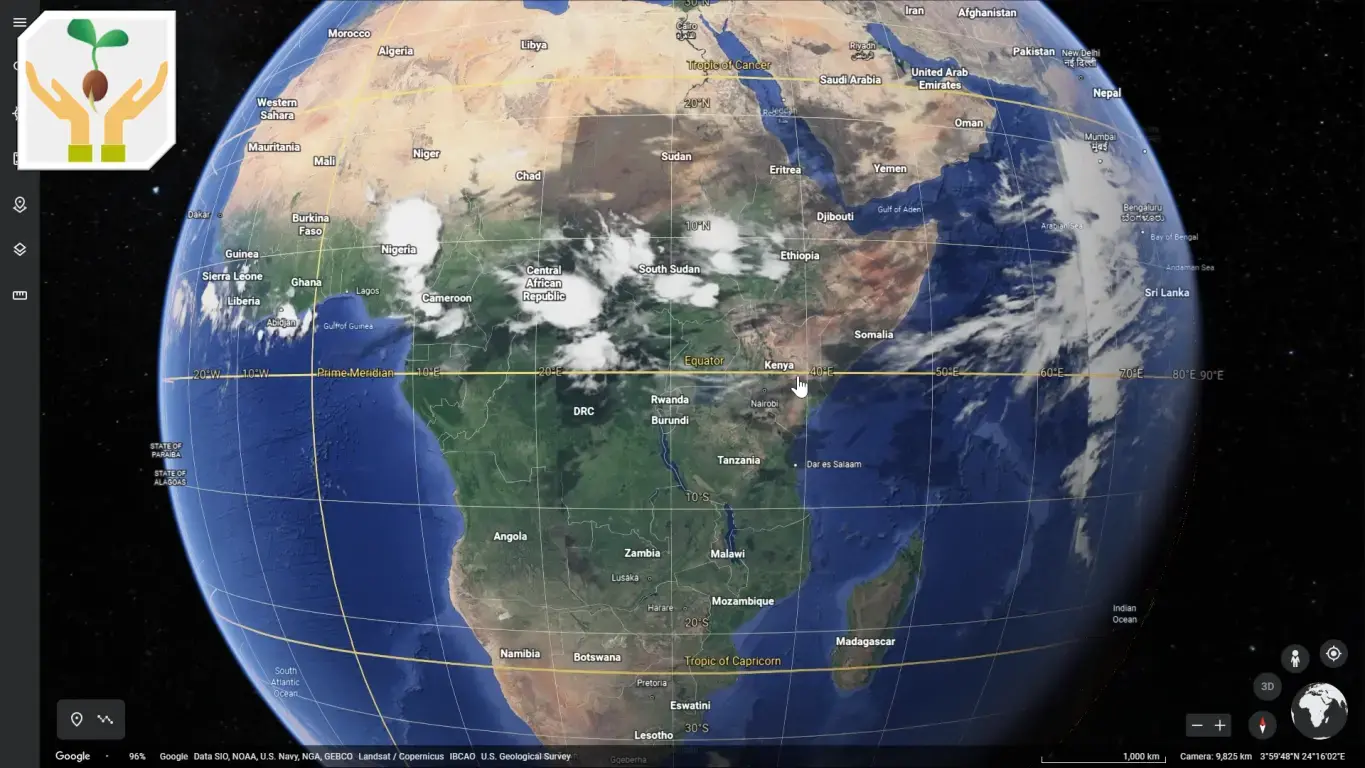
Understanding how the earth’s climate changes depending upon the location will allow you to select the right plants for your vegetable container garden.
Equatorial
Generally speaking the climate at your place depends upon your location from the equator. If you are located near the equator then you will have an equatorial climate. Which does not vary throughout the year. You will have a lot of rainfall and warm temperatures around 25-30 °C. The most common example of this climate is the Amazon Rainforest. You can grow many vegetables and herbs in this climate throughout the year, but cool-season plants will not grow.
Tropical
As we move away from the equator we enter the tropical region. In this region, we see an annual seasonal variation in the climate causing winters and summers. Apart from this, the winters are very mild and the summers are not very hot. You will also see a lot of rainfall throughout the year. An example of a country having this climate can be Thailand. Just like the equatorial climate in the tropics, you can grow a lot of vegetables and herbs but cool-season plants will not grow.
Sub-Tropical
Now once we move further away from the equator we reach the subtropics. This region has got a diverse set of climate but generally speaking this region host almost all of the world’s hot deserts including the largest Sahara desert. The climate in this region is hot & dry and winters are very mild. In peak summer it can be very challenging to grow vegetables and herbs. But in the winters you can grow summer season vegetables. But you will not be able to grow cool-season plants because the winters are very short and not that cold.
Temperate
Lastly, on going further away from the equator we reach the temperate region. In this region, the winters are very harsh and the summers are mild. In the summers you can grow plants that like the heat and in the early winters you can grow cool-season vegetables. However, once the temperature goes below freezing. You can not grow plants outside as the frost will kill most of the plants.
2 Find The Climate at Your Place
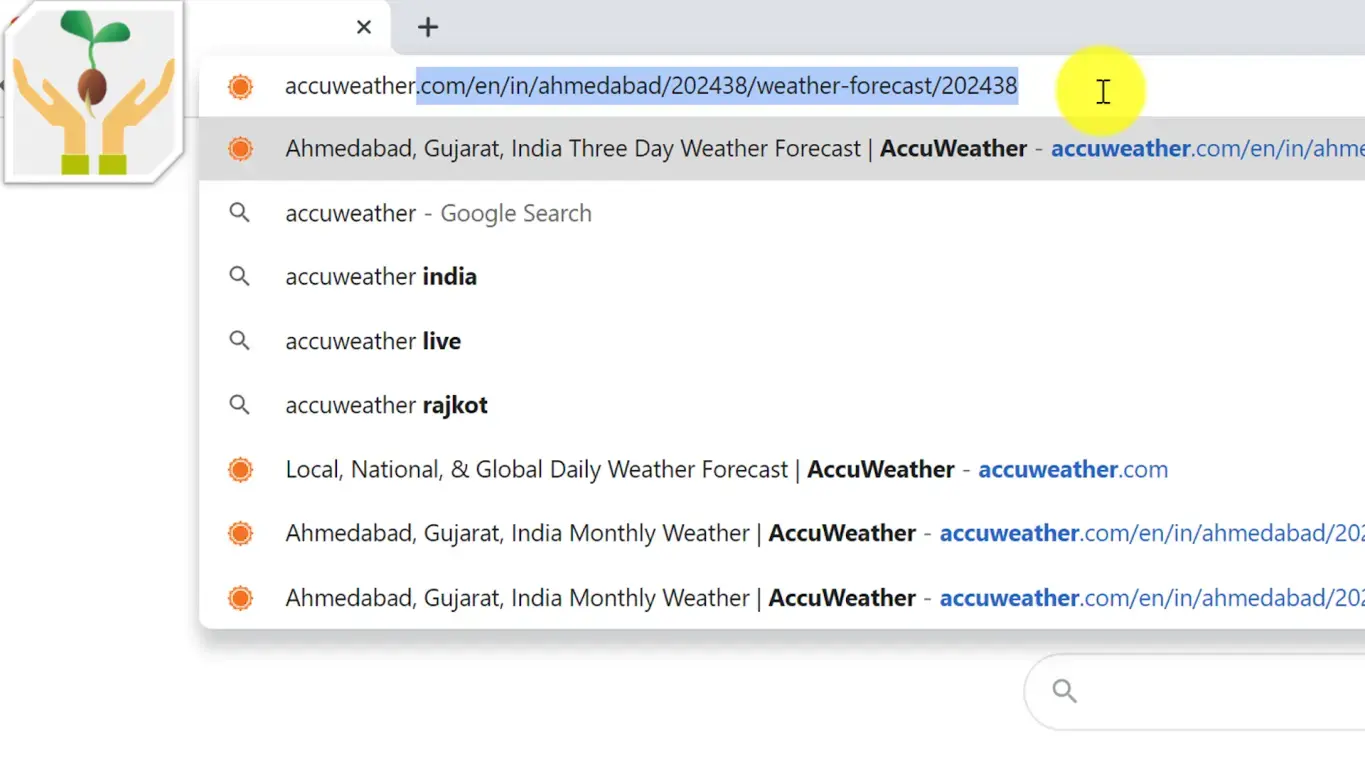
Apart from the distance from the equator, several other factors can affect the climate at your place. So to know exactly how the climate changes throughout the year for your place. You can check the website https://www.accuweather.com/
Just type the name of your city and then click on the monthly tab. This will show you the historical average min and max temperatures for the entire year. This will give you a good idea of the climate at your particular place. And how it changes throughout the year.
Ahmedabad Climate

We are situated in the subtropical region. Soroudended by hot deserts. The Arabian desert in the far west and the Thar Desert in the north. The summers in Ahmedabad are very harsh. The average maximum temperature lies at around 43 °C. During the peak, summer temperatures reach as high as 47 °C. It is almost impossible to grow plants without shade cloth on my terrace garden. Because we are situated in the Indian subcontinent we have a very unique monsoon climate.
Every year from 15th June to 30th September we receive a lot of rainfall due to the South West Monsoon. Which brings the moisture-laden clouds from the Indian ocean up to the Arabian Sea and Bay of Bengal. But apart from this wet phase, we receive negligible rains in the remaining part of the year. This cause the air and soil to become very dry when summers peak.
The Winters are very mild as good as the summer in a temperate climate. So we can grow warm-season vegetables during the monsoon season and in the winters. But is difficult to grow cool-season vegetables. In the summers you will need to use shade cloth and misters to grow vegetables which I have not tried yet.
Best Food Gardening Season In India
If you are reading this article from India then the best time to start a vegetable and herbs garden is during the monsoon season. However, you will need to spray neem oil once a week to prevent insect attacks.
3 Identify the Pests and Animals in Your Area
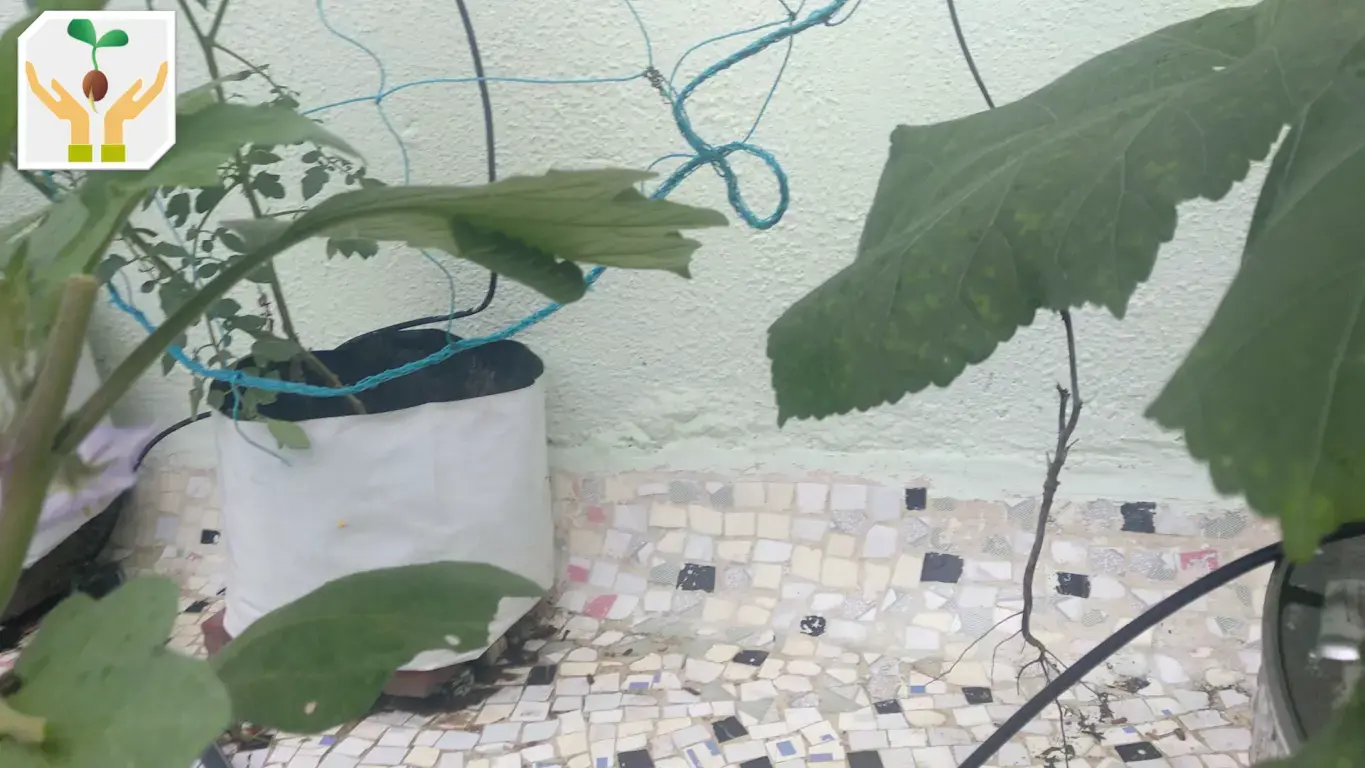
Once you have got a general idea about your climate. The next thing which you cannot control is the pest and animals present at your place. These animals and pests will freeload on your hard-earned crop. So planning for them beforehand will be useful. Check with your neighbors who have vegetable and herb gardens to know the exact nature of pests and animals causing problems in your area. Once you have identified them you can try adding enclosures around your garden. To prevent them from being raided by the animals. If that is not possible you can grow plants that the animals and pests do not like. You can also use organic pesticides like neem oil to deter them from munching on your crop.
Main Pest in our Area
In our place, the main pest is the monkey. During harvest time they will come sneakily into the garden. And then raid the plants as if we had grown all the plants just for them. They are quite smart and I have tried different ways to protect my harvest. But over time they figure out how to bypass the protection. The only way to protect your crop from these greedy monkeys is to garden in a metal cage. However, this year I will be using a different technique.
4 Select the Correct Plants
Now, depending on your climate, pest, and animals at your place, you can decide on the plants you wish to start growing in your food garden. If you can not invest a lot of time and effort. I would suggest that you start by growing green leafy vegetables and herbs. These are generally easier to grow and care for compared to fruiting crops. Once you get good results with this you can then slowly expand to growing fruiting crops.
Plants I Will Be Growing
This year I will be growing crops that monkeys do not like to eat. Like chili, bottle gourd, cucumber, greens like amaranth, and herbs like mint, basil, and lemongrass also crop having tubers like ginger, potato, sweet potato, etc.
5 Buy Good Quality Seeds & Raising Seedlings
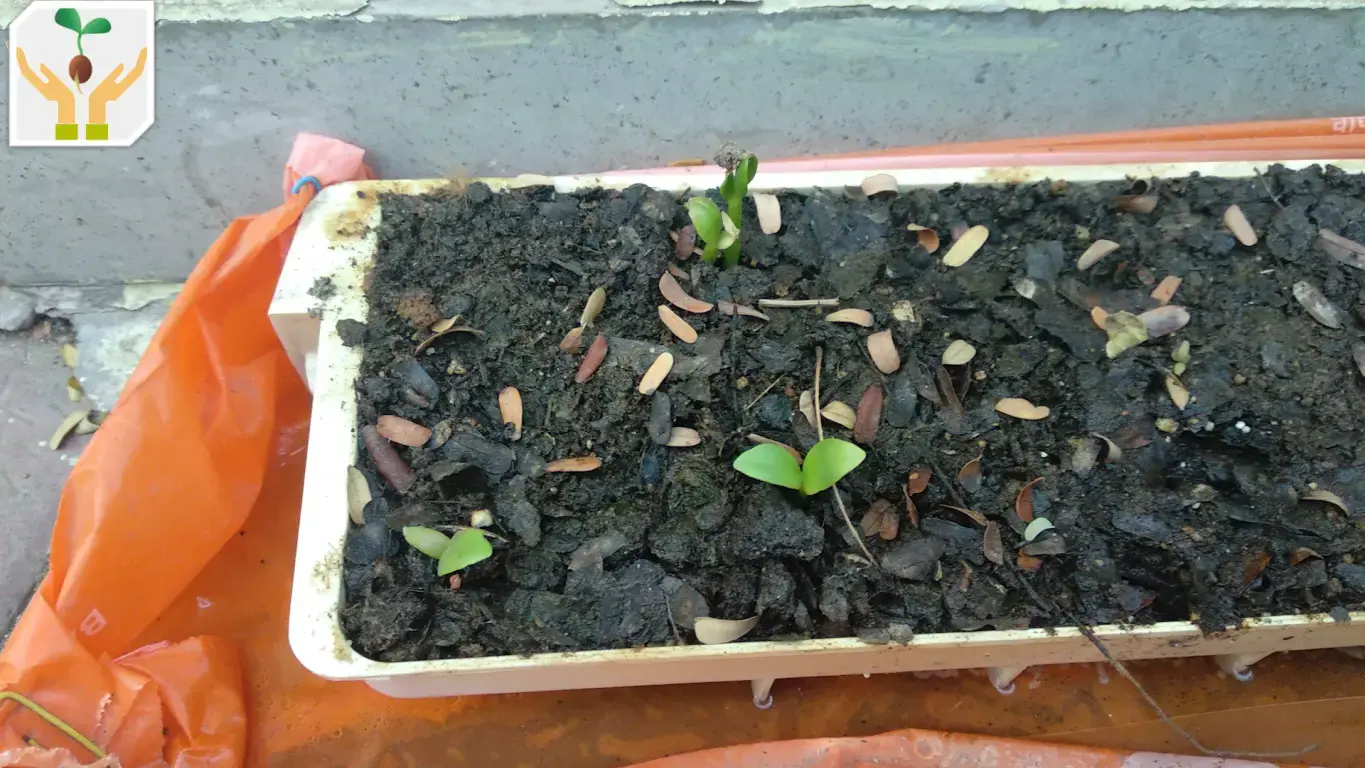
If you are just starting I would suggest you go for buying mature plants from a nursery than starting plants from seeds. Some plants can be easily started from seeds. But most vegetable plants require a lot of time and care to get mature plants. For example, starting chili from seed will take you 2 months to get the mature plant which can then be transplanted into a bigger container. Apart from time, you will also need to take proper care of watering the tiny seedlings. It is like taking care of a baby. But if you have the time and inclination then it can be very rewarding. Seeing the tiny seeds develop into huge mature plants. I personally always start plants from seeds.
If you are going to purchase seeds make sure you get good quality seeds. The seed packet should have the packaging date mentioned on it. Because seeds older than a year, stored at room temperature have a poor germination rate. If you are from India you can get good quality seeds at an economical rate from Aero Seeds. They create a seed packet from an assortment of different vegetables and herbs. The number of seeds per plant type is limited but is good enough for one growing season. They sell online through Flipkart and Amazon over here https://amzn.to/3nomUm0
6 Size Your Containers Correctly
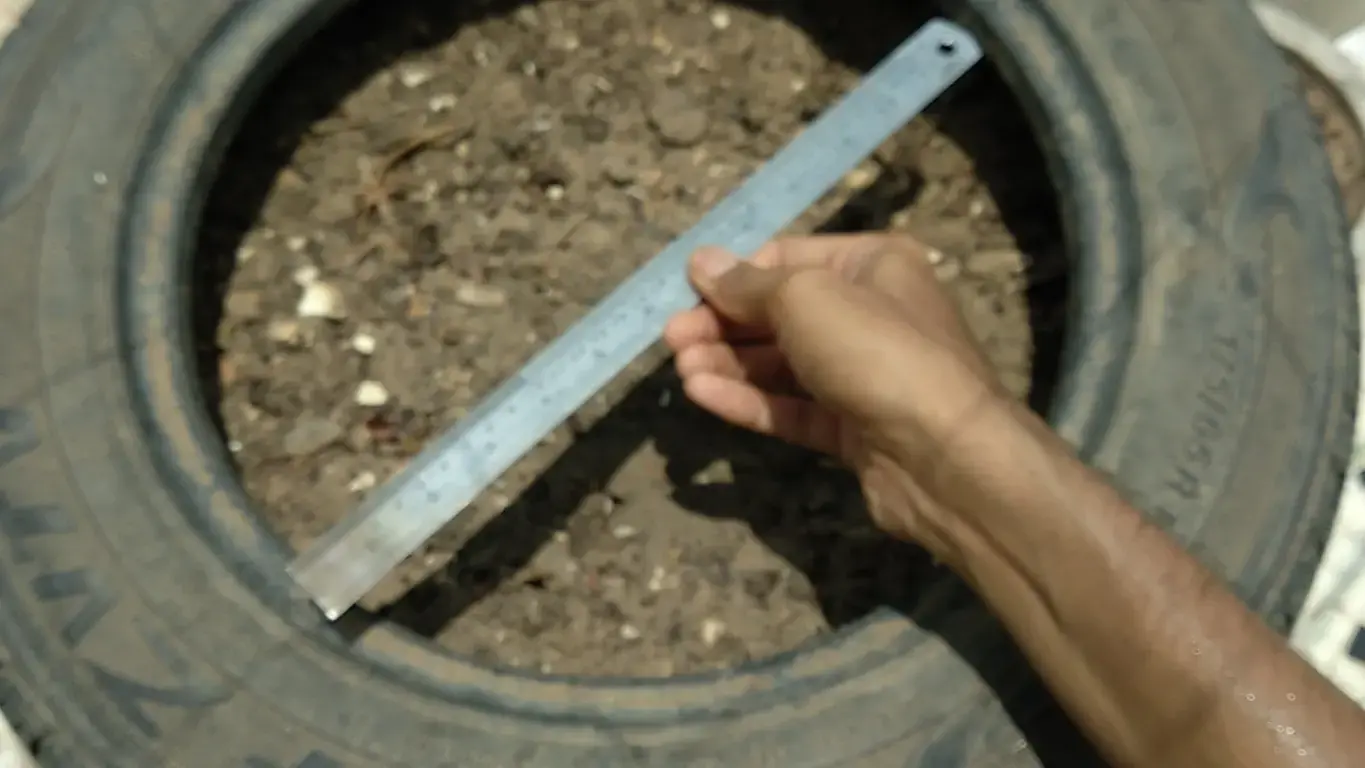
While selecting the plants you need to keep in mind the size of the containers required. Large vines like bottle gourd and cucumber require around 18-20 inch wide containers. If grown in smaller containers they will grow but will not produce yield to their full potential.
Greens and herbs can be grown in much smaller containers. You can grow multiple varieties of greens in around 8-10 inch containers.
7 Plan Your Container Garden Layout

To decide on the placement of the containers. You need to know the direction of the sun and the movement of shadows. Depending on the temperature and intensity of the sun. You can place the containers where your growing area receives the maximum sunshine. If you have higher temperatures you can use the shadows to your benefit like how I have done.
I have placed my grow bags in two-row. The first row faces the east so it receives the full morning sunshine. During the evening when it gets hot it gets shaded by the wall behind it. The second row is placed right in the middle of the terrace so it gets full sun all through the day. In this row, I will be growing the larger gourd family plants that can tolerate the heat.
8 Prevent Water Seepage
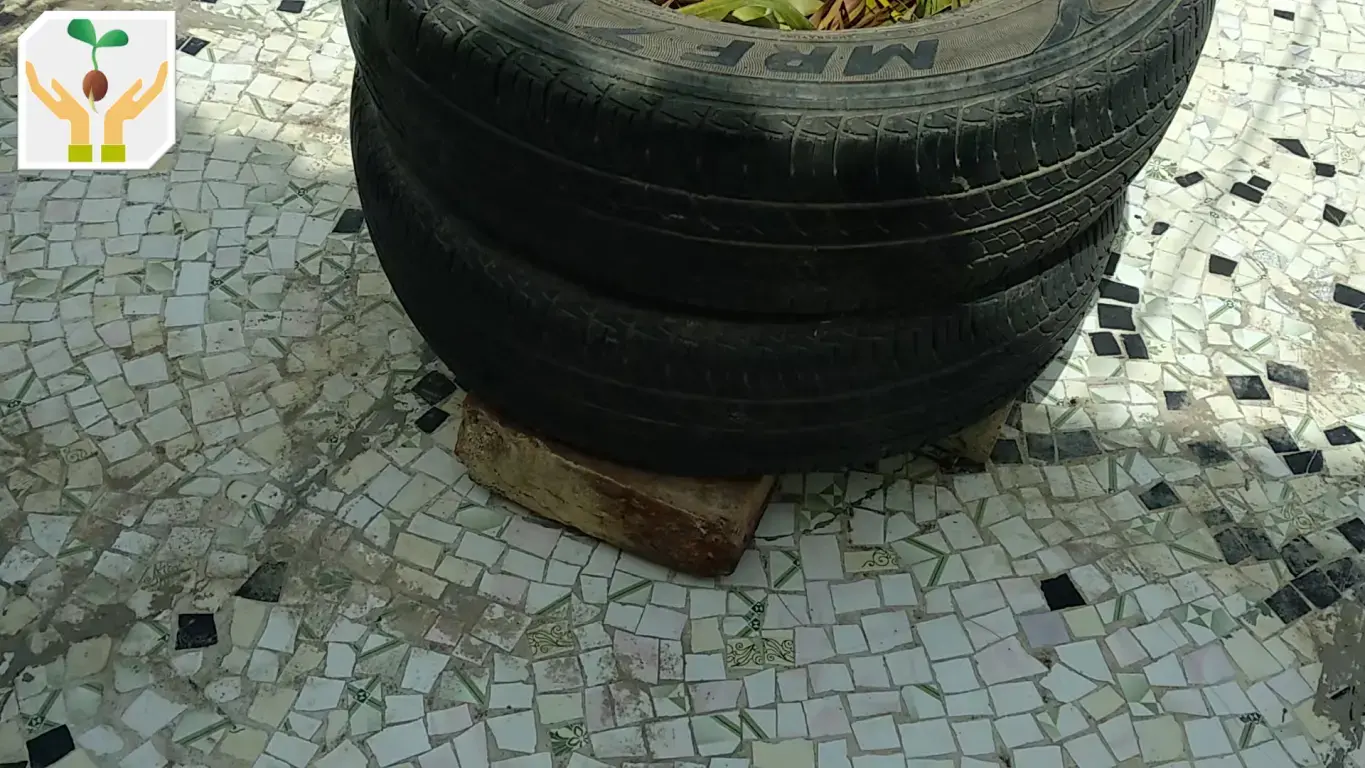
If you are growing plants on your terrace. You need to ensure that water does not get collected beneath your containers. There should be enough air circulation so that any moisture between your terrace floor and containers dries out quickly. This is important to prevent damage to your building because of water seepage. You can do this by installing your containers on a raised metal stand that is available on the market. In my terrace garden, I have used things that were lying around in my house. To create a DIY stand for my container terrace garden. I have used bricks or tiles placed on granite stones to raise the containers. I have also used an old thick PVC pipe and the curvature of my terrace edge to support the tiles and bricks.
9 Create the Perfect Potting Soil and Organic Fertilizer
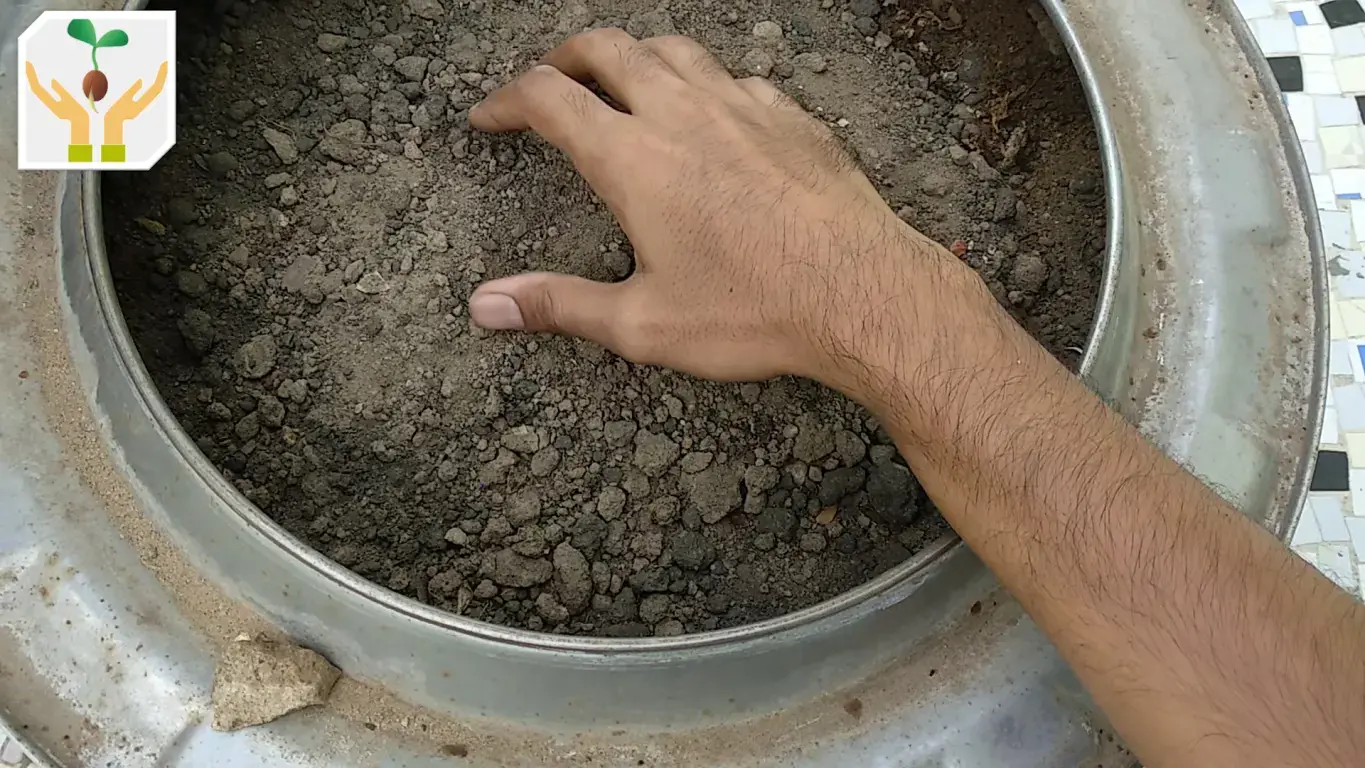
Good potting soil should be light, airy, rich in nutrients, and drain freely. You can purchase store-bought potting soil which can be soil-less and made from cocopeat, perlite, and added organic fertilizers. I like to be self-sufficient which saves me money and at the same time helps the environment by reducing waste. So I prepare my potting soil on my own using homemade vegetable compost, normal garden soil, and homemade bone meal. Once the plant starts producing flowers and fruits you will need to fertilize them weekly.
10 Mulching Your Soil

Mulching is a must if you are growing in containers even with raised bed garden mulching helps. There are several benefits of mulching. Mulching helps in retaining soil moisture thus preventing frequent watering. It also keeps the weed in check in addition to reducing the soil temperature by blocking the sunlight from heating the soil. If you are in a windy area then mulching will also prevent soil erosion due to strong breeze. You can create mulch from any organic material that is slow to decompose you can also use plastic as mulch. I have used the leaves of my coconut tree as mulch.
11 Irrigating Your Garden
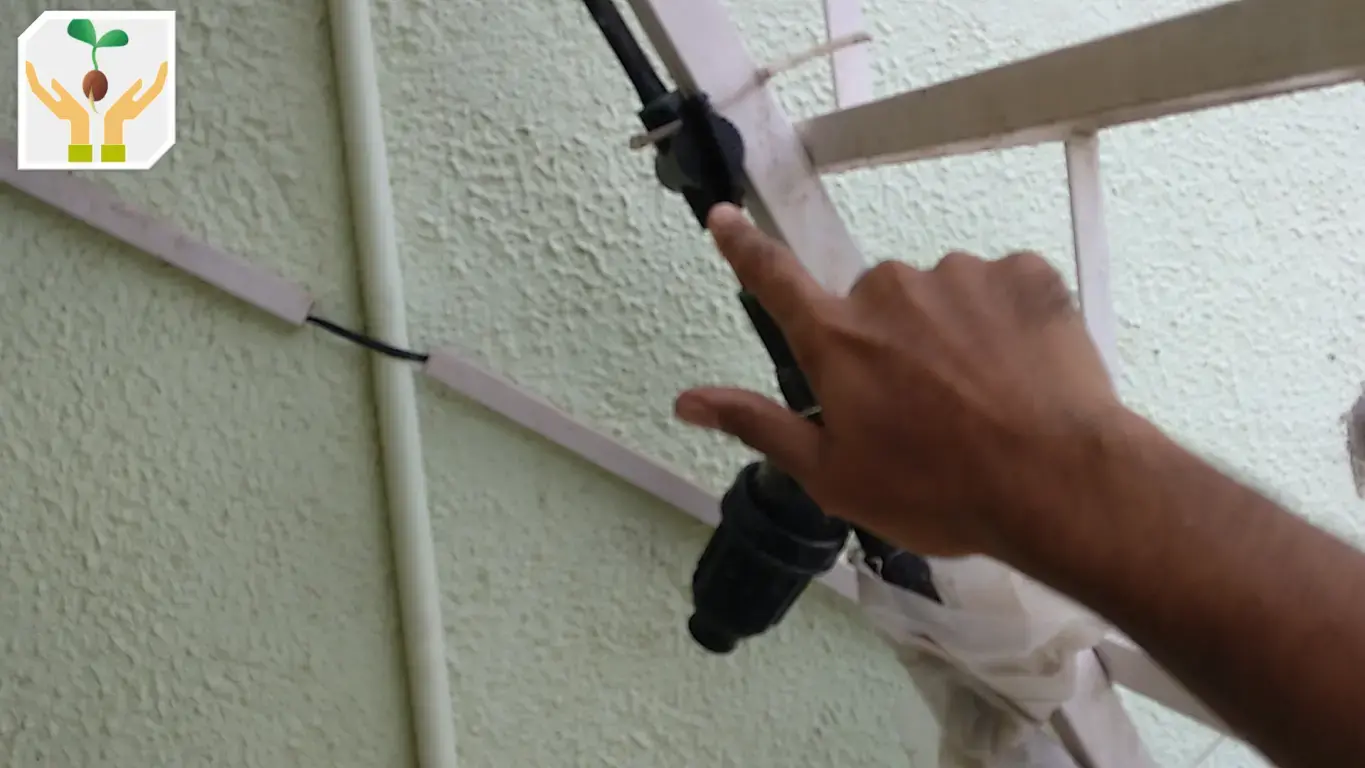
Once you have done all of this the only important ingredient left to get a bountiful harvest is water. You can water your containers manually but make sure to use a spray bottle or a watering can. If you pour water directly on the soil the force of the water stream will cause compaction and erosion. The fine spray from a spray bottle will elevate this problem. You can purchase a spray bottle from the market or you can make one yourself using a pet soda bottle.
If you are planning to create a large container or backyard garden I would suggest you invest in a drip irrigation system. From my own experience, I can say this reduces the gardening effort by several times. You can also add an electric valve to the system which will automate the entire process of watering. So you can go on a vacation without worrying about your plants.
I hope friends, you liked this detailed framework for starting a vegetable container garden. Hopefully using this guide you will produce a ton of harvest. If you liked this post you will also like our other gardening-related content. Make sure to subscribe to our youtube channel to get notified as soon as we release a new video. Thanks for reading friends see you later bye.



